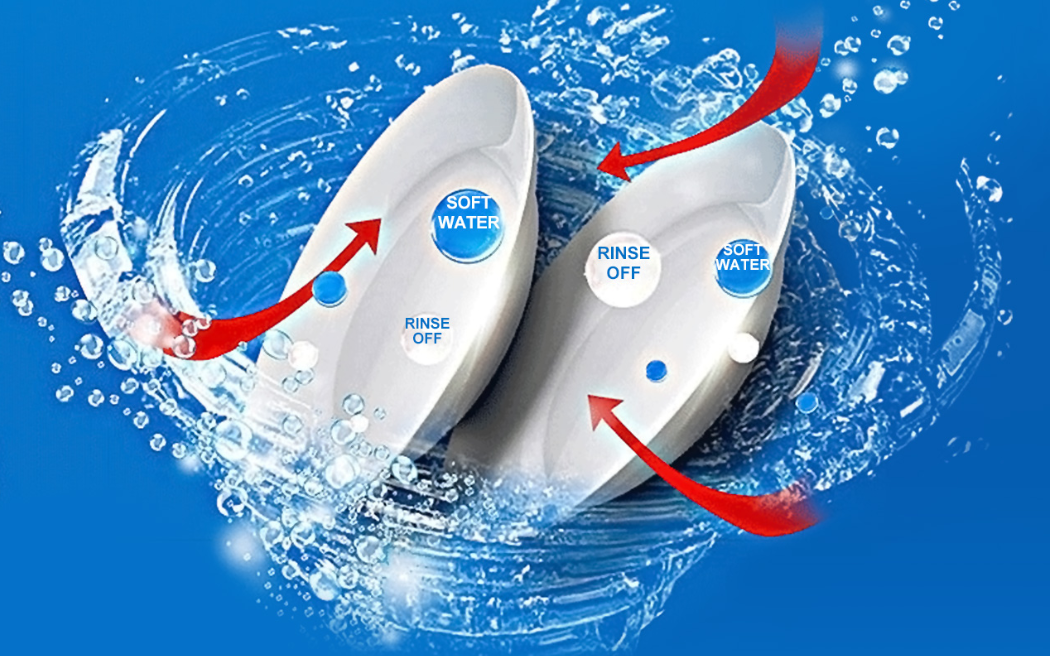The Production Process of Dishwasher Detergent Sheets
As environmental awareness increases and consumer demand for effective cleaning products grows, dishwasher detergent sheets have become an increasingly popular choice. These sheets are not only convenient and eco-friendly but also more efficient and cost-effective compared to traditional liquid detergents. This article will explore the production process of dishwasher detergent sheets, from raw material selection to final packaging.
1. Raw Material Selection and Formula Design
The production of high-quality dishwasher detergent sheets begins with the selection of raw materials. The primary components of these sheets typically include:
- Surfactants: These ingredients help remove grease and food residue. Typically, biodegradable materials are used to ensure environmental friendliness.
- Water Softening Agents: These help soften minerals in water, reducing limescale buildup.
- Enzymes: Used to break down food residues, especially proteins and starches, enhancing cleaning efficiency.
- Fragrances: Added to provide a fresh scent after cleaning.
- Binding Agents: These help to bind the ingredients together into sheet form, ensuring that the detergent does not disintegrate during use.
The formulation design is a critical part of the production process, as it not only determines the cleaning effectiveness but also affects the sheet’s dissolution rate and environmental impact. Suppliers often collaborate with chemical experts and environmental engineers to optimize the proportion of each ingredient.
2. Mixing and Dissolving the Ingredients
Once the formula is determined, the next step is mixing the various ingredients. This process typically uses large industrial mixers, where solid and liquid components are blended under controlled temperature and humidity conditions to ensure even distribution. After mixing, the liquid solution moves to the next stage of production.
3. Molding and Shaping
The molding process is crucial, as it determines the size, shape, and thickness of each detergent sheet. Manufacturers use specialized molds to pour the blended mixture into, ensuring that each sheet is produced to a consistent standard. After molding, the sheets undergo cooling and drying to ensure they dissolve quickly when used.
4. Drying and Solidifying
After molding, the detergent sheets need to be thoroughly dried. This is usually done using specialized drying equipment such as hot air dryers or vacuum dryers to remove moisture. Proper moisture content is critical; too much moisture can reduce the effectiveness of the sheets and even cause them to deteriorate during storage and transportation.
Drying typically takes several hours, and temperature and humidity are closely monitored to prevent the detergent sheets from cracking or losing their active ingredients.
5. Quality Control and Testing
Every step of the production process involves rigorous quality control to ensure the final product meets the required standards. Once drying is complete, the detergent sheets undergo several quality checks:
- Visual Inspection: Checking for defects, cracks, or uneven surfaces.
- Dissolution Testing: Ensuring the detergent sheets dissolve at the right speed when exposed to water, making sure they fully dissolve during the washing cycle without leaving any residue.
- Cleaning Efficacy Testing: Simulating the washing environment in dishwashers to ensure the detergent effectively removes grease, food residues, and stains.
Once the sheets pass quality control, they move to the final packaging stage.
6. Packaging and Distribution
The detergent sheets that pass quality control are then packaged. Packaging materials are often eco-friendly to minimize environmental impact during transportation and storage. The packaging design is also user-friendly, with easy-to-open features for consumer convenience.
Each package clearly lists the number of sheets, weight, and usage instructions, ensuring that consumers know exactly how to use the product.
After packaging, the dishwasher detergent sheets are distributed to retailers and online platforms, making them available for consumers. Suppliers continue to monitor market feedback to refine their products and meet the evolving needs of customers.
7. Environmental Impact and Sustainability
With stricter environmental regulations and growing consumer demand for sustainable products, manufacturers of dishwasher detergent sheets are increasingly focusing on minimizing their environmental footprint. For example, many brands have switched to biodegradable packaging materials, reducing reliance on plastics. Some manufacturers are also working to optimize their production processes to reduce energy and water consumption, further lowering their environmental impact.
Conclusion
The production process of dishwasher detergent sheets is a sophisticated and precise operation, involving raw material selection, formula design, manufacturing, quality control, and eco-friendly packaging. With advancing technology and a stronger emphasis on sustainability, the quality of these detergent sheets will continue to improve, making them a preferred choice for many households and commercial kitchens.





